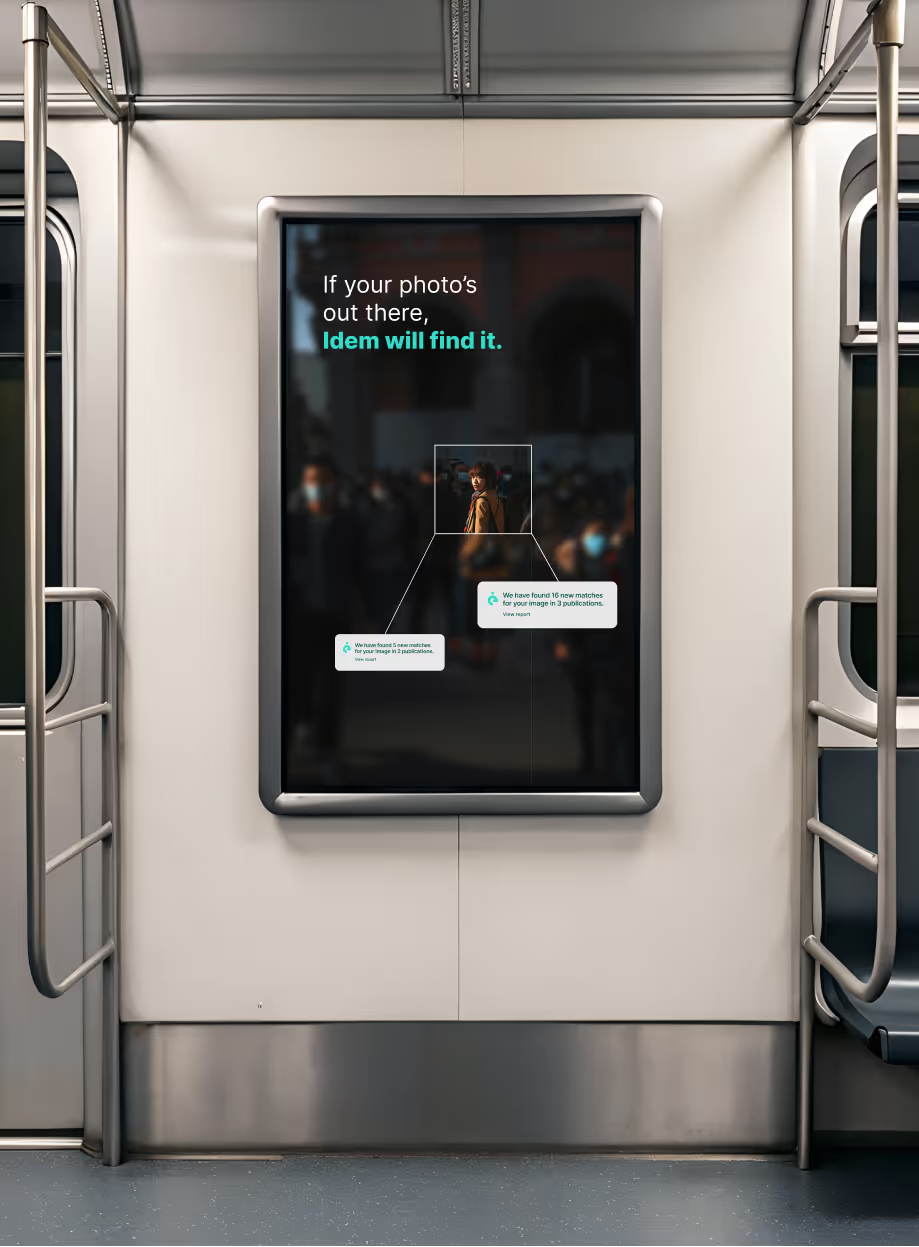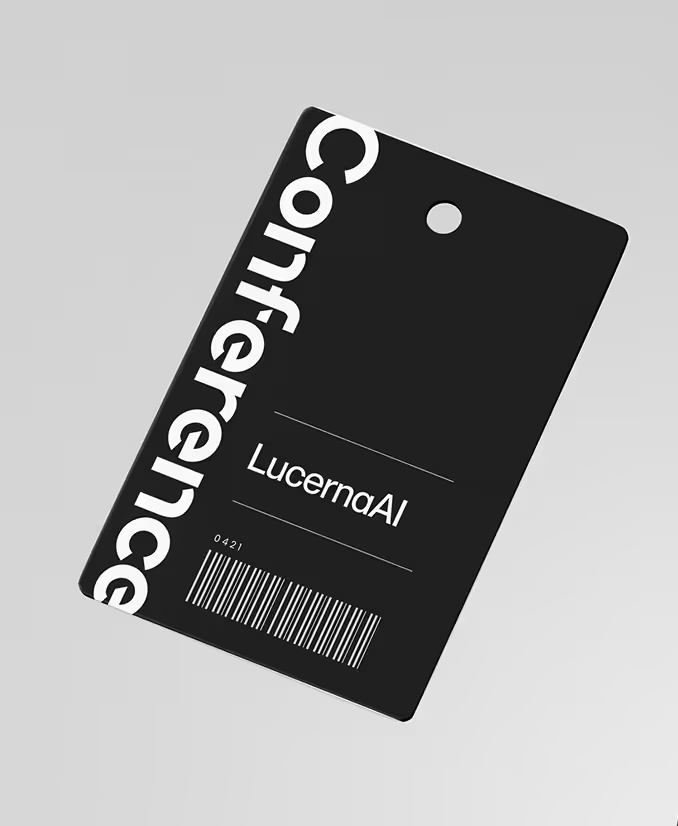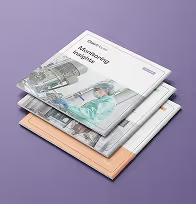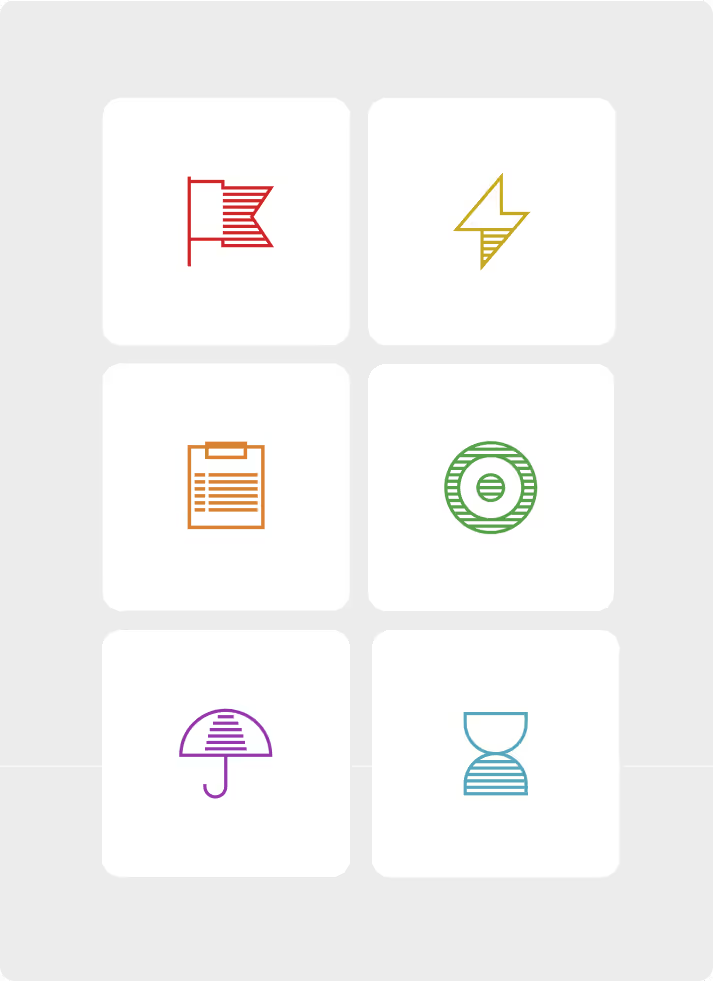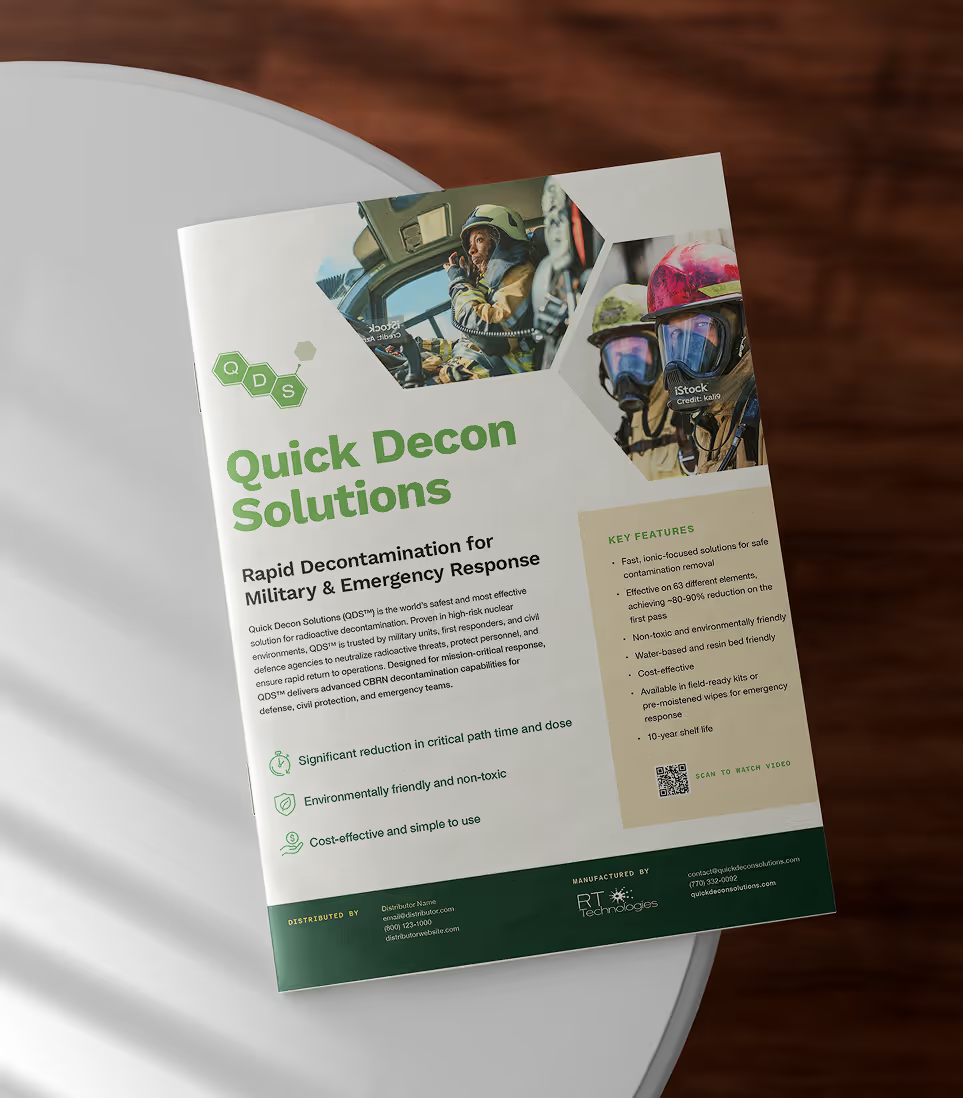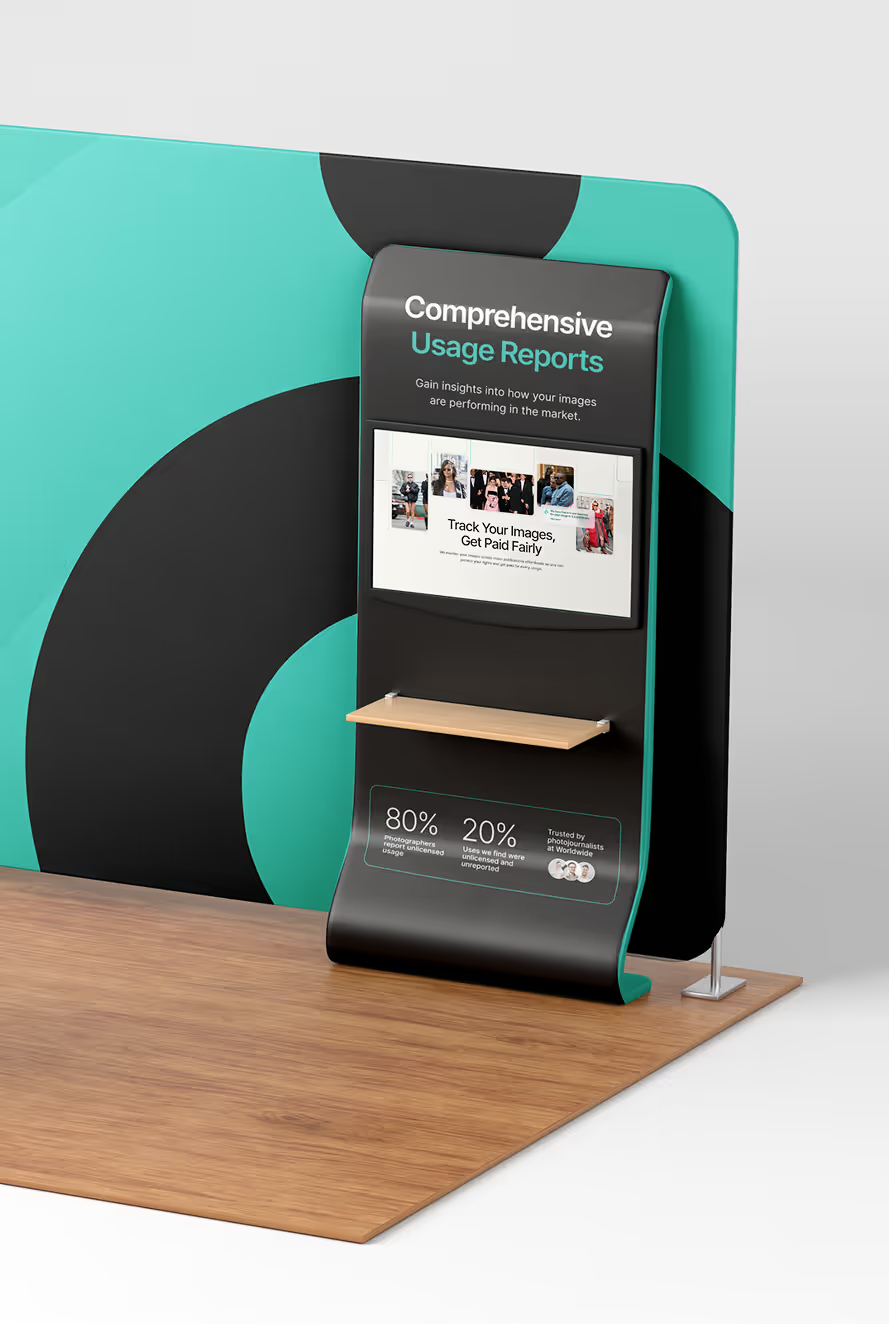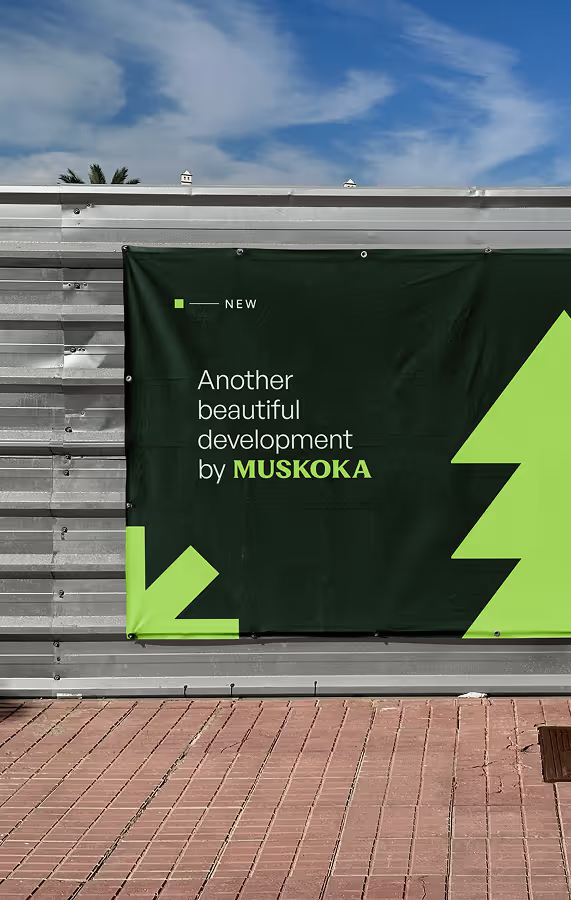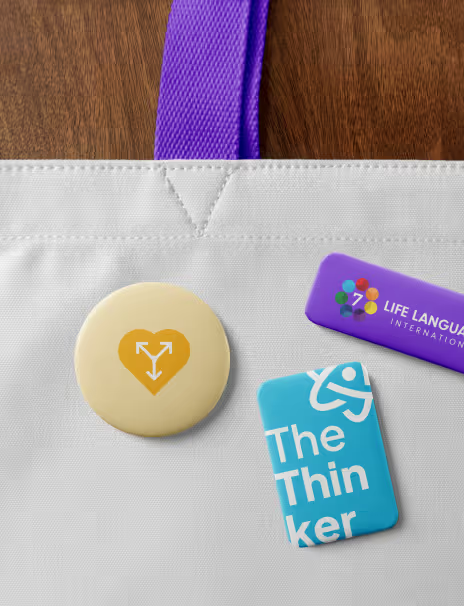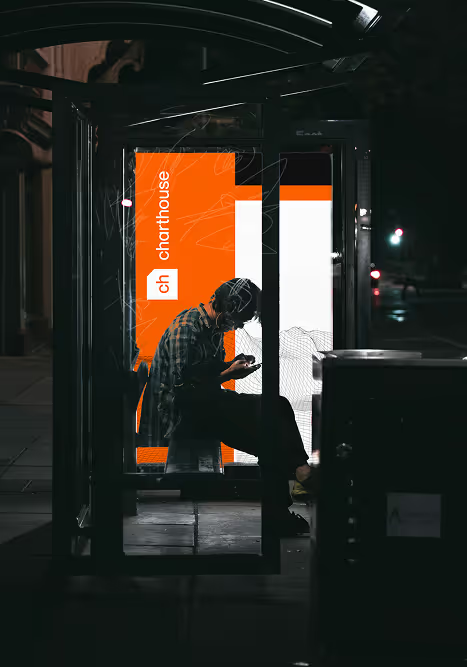You only get one shot to look trustworthy.
In categories where trust drives decisions — fintech, security, health, infrastructure — “good enough” design quietly kills deals. Buyers hesitate. Hesitation slows pipeline and pushes your price down.
Our take: ship the smallest version that earns belief, not just one that works.
We call it the Minimum Trustworthy Product — the smallest thing that feels safe to choose. When you launch from credibility, iteration gets easier, not riskier.
What We’ve Seen
Early teams optimise for learning speed.
Buyers optimise for risk reduction.
Those goals overlap, but they’re not identical.
When the cost of failure is high, people read your design before they read your copy.
Inconsistent UI, fuzzy hierarchy, or thin docs whisper this will be work.
That hesitation stretches your sales cycle and lowers your ceiling price.
Design quality doesn’t just influence trust — it is trust, expressed visually.
Four Moves That Build Credibility Fast
1. Tighten the promise before you touch pixels
If the positioning is fuzzy, no amount of polish will land.
Write one sharp sentence that names the buyer, the job, and why you win.
Then cut anything that doesn’t serve that promise.
For compliance-driven teams who can’t afford mistakes, Acme gives instant visibility into every change — without another dashboard.
2. Build a tiny, opinionated design system
You don’t need a full Figma library — just a small, token-driven kit to stop drift.
Apply it to product, website, and docs so everything feels like one team that cares.
Consistency reads as competence.
3. Make the first run feel safe and fast
Map the path to a genuine “aha” moment in one session.
Remove choices that don’t change the outcome.
If your product can’t yet deliver that, build a high-fidelity demo that shows the real flow honestly.
4. Answer confidence questions up front
Publish a short “How it works” diagram and one-page Security and Integrations overviews.
Buyers shouldn’t have to ask for these before they can trust you.
These moves shorten qualification, free demos to focus on value, and make pricing conversations less fragile — because trust has already been earned.
If You Only Change One Thing This Week
- Write your one-sentence promise and use it to trim scope.
- Define 8–12 tokens and 6–8 core components. Apply them to your top three screens and homepage.
- Draft a simple “How it works” page with one clear diagram.
- Add short Security and Integrations pages that answer obvious objections.
- Timebox a first-run journey to reach real value. If not possible yet, script a demo path that mirrors the true flow.
Bottom Line
Excellence at launch isn’t ornament — it’s proof.
Ship small, but ship something that feels safe to choose.
Trust compounds faster than features, and design is how you earn it early.
If you’d like a quick review of your early product or site, we’re happy to point at the two or three moves that will unlock confidence and momentum.


